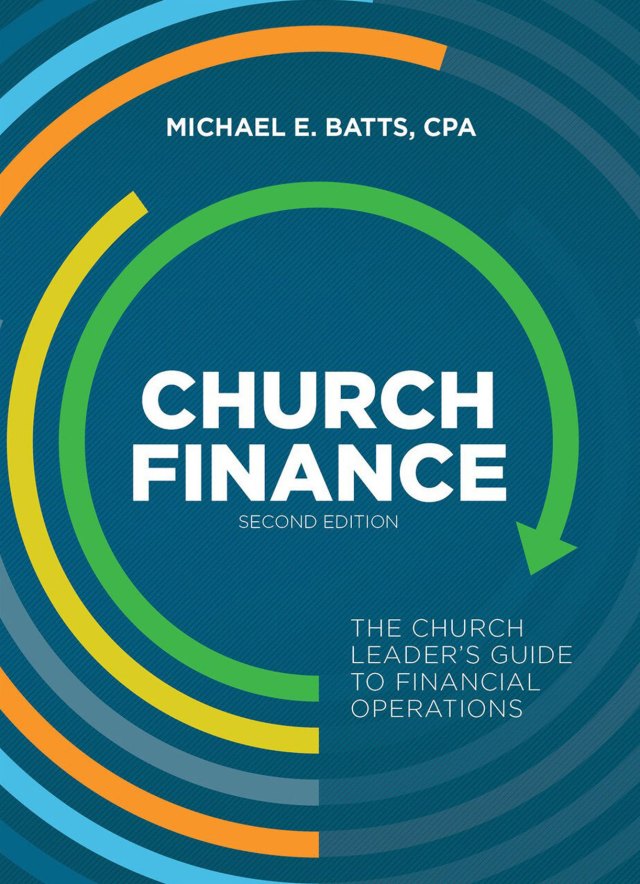The word “budget” can strike fear in the heart of nearly any staff member. The preparation of the budget is often either a long, arduous process or done with little thought and therefore ineffective. Either way, it is a task that leaders should carefully guide for their churches.
No organization has an infinite supply of resources. At home, a budget is necessary to make sure you have money when various expenses come up. If you don’t personally plan for your car repairs or vacation, you may be surprised or disappointed in the future. Budgeting is even more important in a church, because so many people are involved in the process. If everyone spends money without guidelines, it won’t go well!
The following considerations will help you prepare to budget, resulting in a more successful process and an effective budget that supports your church’s goals.
The budget and the mission must be linked
It is vital for your budget to be tied to the mission of your church. What are you trying to accomplish as a church? Make sure you understand this before you start because it should serve as the filter through which all budgeting decisions are made.
The budget must support the goals
Your church may have a broad vision of reaching your community with the gospel. Now it needs goals that will actually help accomplish that.
For example, you may want to have an active youth group with a 30 percent increase in attendance. Your church may also determine it should have a food pantry reaching out to low-income individuals in your area. Supporting missions also may be a critical goal, with the hope of increasing the number of short-term trips the church offers or the percentage of expenses used in support of local or global efforts.
The goals and the budget must be specific
You won’t know whether you’ve met your goals unless you specifically know what they are. In addition, the budget can’t really be a useful tool unless you are specific about how it is created and monitored.
Let’s say your church chooses to serve meals to the elderly, and at the end of the year you are under budget by $2,000. Was the program successful? You might think so, but if you’d spent the full amount budgeted, you could have possibly shared the love of Christ through a meal with 100 more people.
Establish your priorities and budget accordingly
Everyone on staff should have an idea of the church’s goals for the year ahead. This helps everyone understand how to prioritize spending in their respective areas of responsibility. There are a lot of good things we can do but we need to pick the best things. Strong leadership will be required to work through those opportunities and determine which ones to pursue first.
I strongly suggest you create the primary budget and then two contingency budgets. One would be used if contributions are lower than expected, and the other in case of a surplus. This will allow you to use the prioritization of possible ministries to its fullest, and enable you to automatically know which things to cut or add back. It eliminates much of the emotion that can be tied to the discussion of finances.
I often say that people have their hands out when there is more money than expected, but those hands quickly become fists when people think their program might get cut. If everyone is aware upfront of the funding order for your programs and understands that decisions will be made based on fulfilling the mission, then the spirit of cooperation will be more evident.
Budget considerations must include short- and long-term goals
Decisions that are short-sighted can have a very detrimental effect on the long-term health of the church. Be sure to consider whether the current budget should include items to help facilitate growth or ministry in the future (beyond just the coming year). Also, before you make a significant cut, consider whether it is something that will cost you more in the long run to correct or re-implement.
Choose your approach: top-down or bottom-up
Once you consider the budget as vital to fulfilling your overall mission, you can begin the process of actually creating the working document. Will you choose a more top-down approach, or bottom-up?
Having your church leadership—either a few key leaders or the finance committee—make the budget decisions simplifies the process significantly. However, there is seldom good buy-in from an approach like this. Staff members involved in the ministry’s day-to-day work have a much better idea of where costs can be cut and where costs are vital.
Should you choose to use a bottom-up approach, though, you will need to make sure there are guidelines in place to keep the process moving along. It’s also important for those involved to understand that not all ideas will be implemented. There are constraints they may be unaware of outside their particular realms.
Plan for a year-round process
The budget process is a year-round matter. The first six months of the year should be spent monitoring the budget and the second six months spent planning and approving the new budget. You also should be sure that people are held accountable for the budgets they are responsible for. If there are no consequences, there likely will be no compliance.
Make it a tool, not a weapon
A simple approach of “let’s add 5 percent to last year’s line items and approve the budget” is not the most effective budgeting method. Consider what needs to be accomplished and what finances that will take. With careful planning and buy-in from leaders, the budget can be used as a tool, not a weapon, and help accomplish the vision that has been set for your church.





